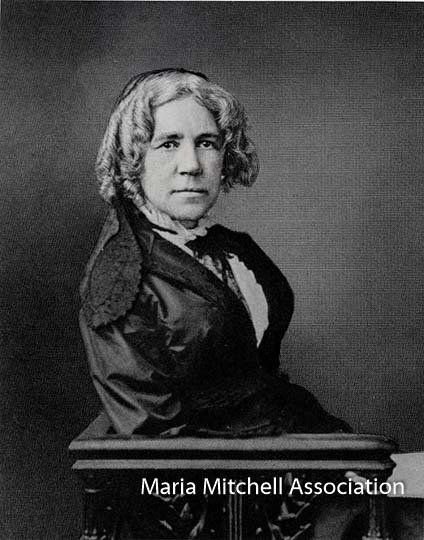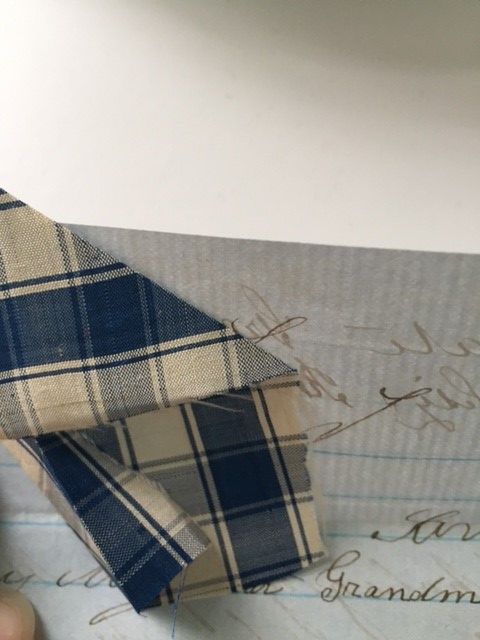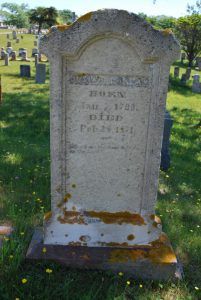Talking to Maria Mitchell, or Speaking to the Dead
I originally posted this a few years ago and last week, the Inquirer and Mirror printed an article on the stone monuments at Prospect Hill Cemetery. Thus, I thought I would re-post this – something I don’t often do. But it continues to be very important. More recently, in May, I worked with some island Girl Scouts to clean the stones of Nantucket veterans. While the process cleans the stones, it does not bring them back to what they once were – that’s not reversible and also, in conservation you never bring it back to the perfect from when it began. That’s not the point. The other part of cleaning the stones is that it protects them for three to five years or more from new growth. Lichen and its continued growth slowly obliterates the face of the stone physically. I will be doing another workshop in June with the Prospect Hill Cemetery so stay tuned. I have been doing this for at least a decade now – not three as the paper wrote – and I have been trained by a conservator! And remember – you can never clean stones that you either don’t have permission to clean or that don’t belong to your family. You need to seek permission first from the cemetery sextant.
No, the curator has not gone completely mad. But when you are working on a stone monument at the cemetery, you feel compelled to talk to Maria and her family. You see, I am cleaning their grave markers. Back in 2005, with funding from the Community Preservation Act, I worked with a stone conservator to clean the stone monuments of the Mitchell family correctly . Unfortunately, people think that bleach is a good idea. It’s not. It eats away at the stone causing irreversible harm. (And by the way, taking rubbings of gravestones is illegal.)
As a way to share the knowledge of properly cleaning a historic stone monument, we opened the process as a workshop – which was underwritten by the Community Preservation Act – during Preservation Month. We had a wonderful turnout, including descendants of the Mitchell family and a professor of microbiology who, while upset we were removing excellent samples of lichens from the stones, regaled us with all the names of the lichens we were removing and all sorts of interesting facts about them. You see, while a microbiologist might think they are fantastic and that Nantucket’s cemeteries have some of the best lichen growths, a conservator sees lichen as the bane of the stones existence! Growths lock in moisture and help to more quickly erode the facades of the stones.
As a way to share the knowledge of properly cleaning a historic stone monument, we opened the process as a workshop – which was underwritten by the Community Preservation Act – during Preservation Month. We had a wonderful turnout, including descendants of the Mitchell family and a professor of microbiology who, while upset we were removing excellent samples of lichens from the stones, regaled us with all the names of the lichens we were removing and all sorts of interesting facts about them. You see, while a microbiologist might think they are fantastic and that Nantucket’s cemeteries have some of the best lichen growths, a conservator sees lichen as the bane of the stones existence! Growths lock in moisture and help to more quickly erode the facades of the stones.
So, with the beautiful fall weather, I have been back at work cleaning the stones with a special environmentally and conservation friendly cleaner made just for such a job. If you are interested in learning more, or possibly participating in a workshop this spring to learn how to do this, please contact me.
And remember, it’s okay to speak to them – I think they like the visit.
JNLF
Recent Posts







